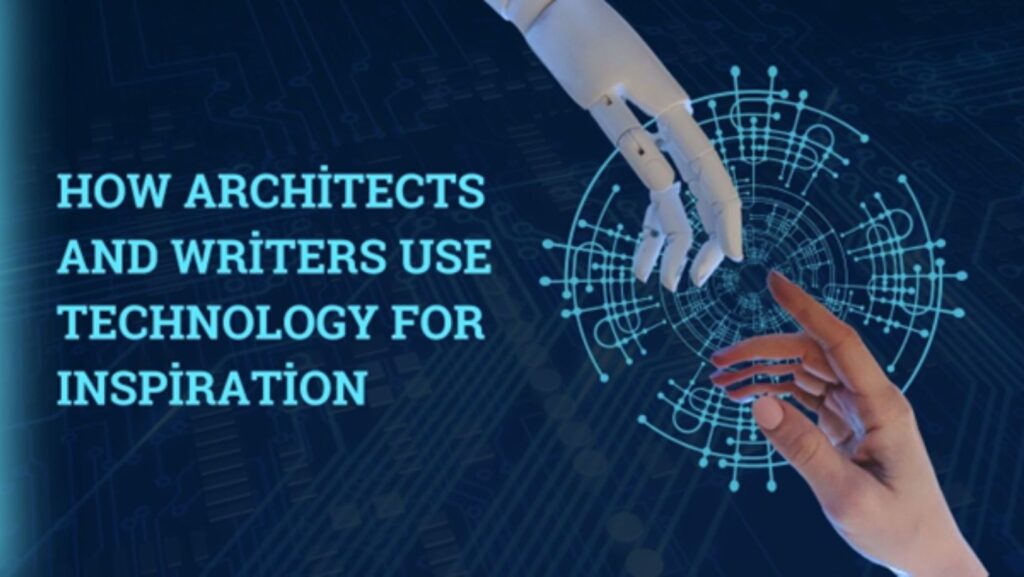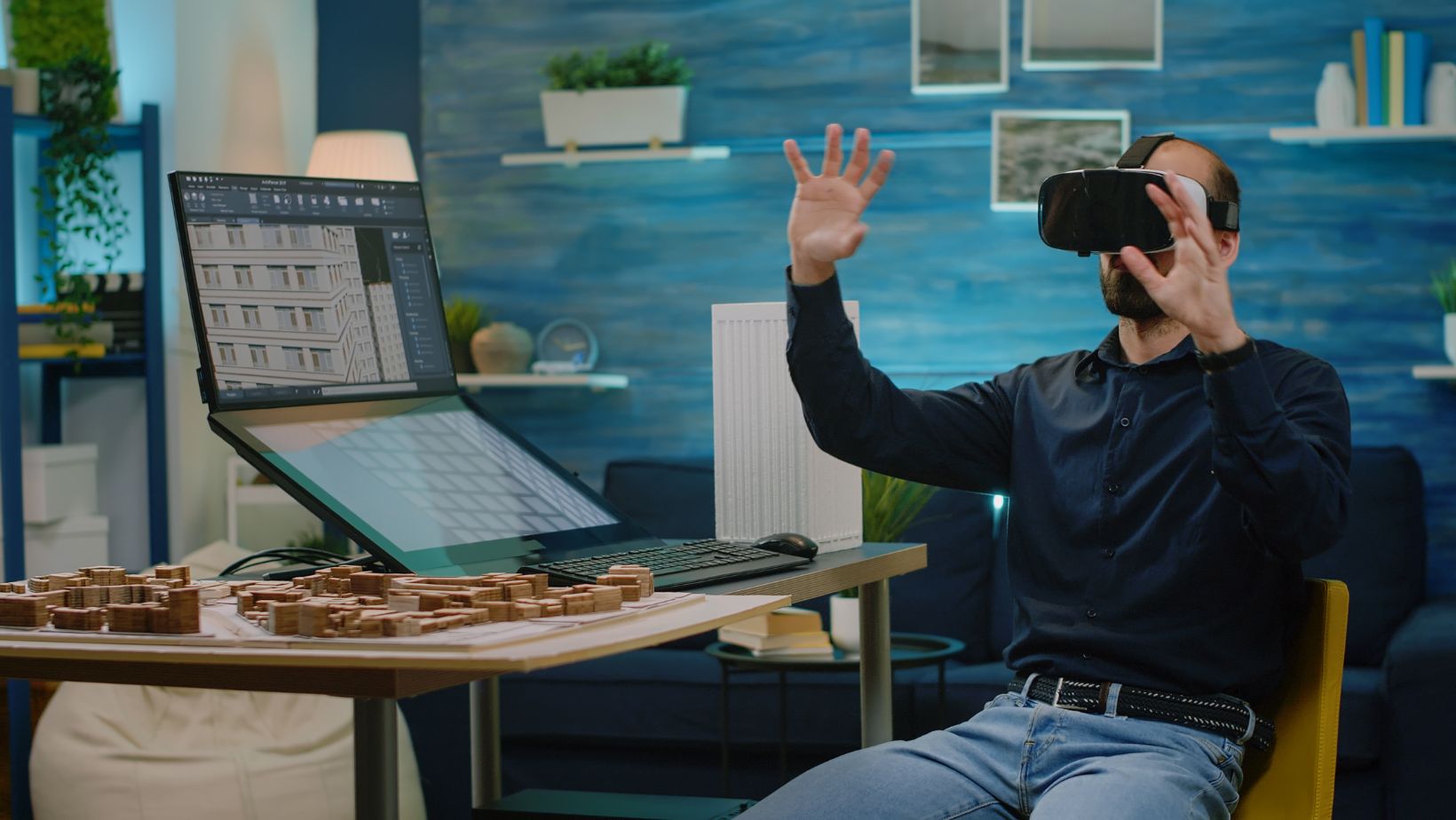
Architects and writers find themselves on the receiving end of innovative tools that significantly affect how they conceive, develop, and polish ideas in an era of fast-increasing technological progress. Although it might seem self-evident that computers and software have become integral to the creative process, the nuances of how technology is used—particularly for inspiration—often remain obscure.
Dr. Letícia Moura, a Brazilian specialist in technology, noted, “Quando um usuário acessa um site, várias ferramentas podem automaticamente utilizar IA para fazer redação em tempo real, transformando a maneira como criamos conteúdo.” – “When a user accesses a site, various tools can automatically use AI to write text in real time, transforming the way we create content.”
This article delves into some of the less obvious ways architects and writers harness digital tools to spark creativity, offers insight into interesting case studies, and includes perspectives from experts on the front lines of these disciplines.
Beyond Efficiency: The Subtle Impact of Technology on Creativity
It is easy to assume that technology is primarily about efficiency. For instance, architects use computer-aided design (CAD) software to create detailed technical drawings, and writers use word processors to quickly edit and reorganize their text. While true, these are only the most basic benefits. The real power of technology lies in nudging creators beyond their comfort zones.
Rethinking the Design and Writing Process
- Architectural Example: Parametric design platforms—such as Rhino with Grasshopper—don’t just speed up drawing tasks; they allow architects to explore forms and structures that might never come to mind through manual sketching alone. By plugging in certain parameters (like material constraints or environmental considerations), architects can visually iterate hundreds of potential designs in seconds, often stumbling upon novel solutions that spark a new design direction.
- Literary Example: Many authors now use text analysis tools, not just for proofreading or grammar checks but to unearth linguistic patterns in their own work. A writer might discover overreliance on certain words or sentence structures. This awareness can inspire them to experiment with new stylistic approaches and push their craft to new levels.
“Technology forces you to see your own blind spots,” says Dr. Miriam Griffin, a creative writing professor. “It’s not the same as letting a machine do the work. It’s the machine telling you, ‘Here’s a pattern. Will you follow it or break away from it?’”
AI and Generative Tools: A New Frontier
AI isn’t just a fancy tool for streamlining tasks—it’s shaking up the creative process itself.
Architects Embrace Generative Design
In generative design, artificial intelligence algorithms produce multiple design iterations based on desired criteria—energy efficiency, aesthetic harmony, or structural integrity. But the real magic is often in the unexpected results that prompt creative leaps:

- Form-Finding: AI-driven tools can suggest bizarre shapes or unconventional materials that spark a conversation about what a building could look like. For example, Zaha Hadid Architects’ interest in fluid, organic forms found synergy in computer algorithms that yield curvilinear structures—many of which were initially deemed impossible to construct. Over time, engineering advancements caught up, turning these once-futuristic visions into reality.
- Green Architecture: AI’s ability to analyze data from environmental sensors has led architects to dream up building façades that self-adjust for light, heat, and airflow. While some might see these as purely functional features, they often result in building shapes that are arrestingly unique—and thereby aesthetically inspiring.
Writers Leverage Large Language Models
Recent developments in natural language processing and machine learning have given birth to a new wave of writing assistants. While they can produce entire paragraphs of coherent text, the more interesting application is how they encourage new lines of thought.
- Overcoming Writer’s Block: Instead of tediously brainstorming every possible angle themselves, writers can prompt AI to offer an outline or alternative perspective on an idea. While the suggestions may require heavy editing, they can spark a new line of narrative or thematic exploration.
- Stylistic Experimentation: Some writers feed AI-generated text back into their revisions, forging a hybrid writing style that merges human voice with machine-suggested syntax. This has led to fascinating “collaborations” where the author’s role is to refine and elevate the raw output into something distinctly personal.
- Academic Research: Researchers in the humanities and social sciences increasingly use AI to analyze vast corpora of texts. By running sentiment analysis, identifying linguistic patterns, or mapping historical language changes, they can uncover trends and insights that would be impossible to detect manually. This new approach enriches academic discourse and sparks fresh lines of inquiry. Platforms like Studybay have explored integrating AI tools to assist scholars in organizing their research and uncovering new lines of inquiry.
Data-Driven Narratives and Context-Aware Designs
In a world where data is as much raw material as steel or ink, architects and writers are tapping into vast streams of information to shape their stories and structures in ways that feel profoundly new.
Big Data, Bigger Ideas in Architecture
Sensors, urban data sets, and real-time analytics have given architects a deeper understanding of how people use spaces. Yet it’s not only about mapping pedestrian flows or measuring carbon emissions. Sometimes, obscure data leads to the most innovative sparks.
- Human Behavior Insights: There are architectural studios that track where sunlight falls at different times of day, how wind funnels through streets, or even patterns of social interaction in public squares. Architects can then weave these insights into designs that encourage conversation, rest, or particular types of activity. Inspiration emerges from real-world “stories” told by the data.
- Reviving Forgotten Spaces: In one notable example, a firm in Singapore used demographic and social media data to identify neglected neighborhoods with high senior populations. They designed communal courtyards with built-in exercise fixtures and vegetable gardens—a direct response to the data. The design also sparked a new wave of “social bridging” architecture that fosters community ties.
Writers Tapping Into Digital Archives
Writers who specialize in historical fiction or research-intensive nonfiction now have access to massive archives and databases—old newspapers, scholarly articles, and out-of-print books—all digitized and searchable at the click of a button. But beyond simply confirming dates or events:

- Narrative Inspiration: Delving into archival newspapers can unearth bizarre headlines or overlooked anecdotes that spark an entire subplot. A writer might stumble upon a century-old court case that suggests a fresh angle on a modern-day legal thriller.
- Authentic Detailing: Digital archives allow authors to uncover the tiny details—advertisements, weather reports, popular slang—from the exact year or region they’re writing about. These authentic touches can transform a good story into an immersive experience that captivates readers.
The Future: Synergy Between Disciplines
Interestingly, architects and writers might have more reasons than ever to collaborate or at least learn from one another’s technological experiments. Some forward-thinking authors have sought architects’ help in visualizing fictional worlds, while architects increasingly rely on narrative techniques to present their visions to clients.
Final Say
As technology evolves, architects and writers continue to find new, sometimes surprising, ways to weave these tools into their creative processes. Far from being mere conveniences, these innovations frequently act as catalysts for radical shifts in perspective—revealing blind spots, igniting fresh ideas, and transforming the very essence of their disciplines. Whether it’s through walking in a virtual building or sifting through centuries-old newspaper clippings, the real magic happens when creators allow the technology to challenge their assumptions and expand their imaginative horizons.
Inspiration, after all, is often about seeing the world (real or imagined) in new ways—and that’s something technology continues to do with uncanny vigor for architects and writers alike.












